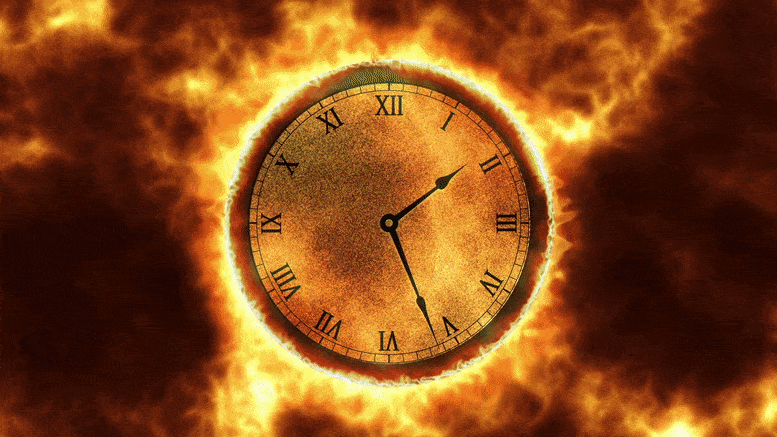A new study by theoretical physicists has made progress toward identifying how particles and cells give rise to large-scale dynamics that we experience as the passage of time.
A central feature of how we experience the world is the flow of time from the past to the future. But it is a mystery precisely how this phenomenon, known as the arrow of time, arises from the microscopic interactions among particles and cells. Researchers at the CUNY Graduate Center Initiative for the Theoretical Sciences (ITS) are helping to unravel this enigma with the publication of a new paper in the journal Physical Review Letters. The findings could have important implications in a wide range of disciplines, including physics, neuroscience, and biology.
Fundamentally, the arrow of time emerges from the second law of thermodynamics. This is the principle that microscopic arrangements of physical systems tend to increase in randomness, moving from order to disorder. The more disordered a system becomes, the more difficult it is for it to find its way back to an ordered state, and the stronger the arrow of time. In short, the universe’s propensity toward disorder is the fundamental reason why we experience time flowing in one direction.
